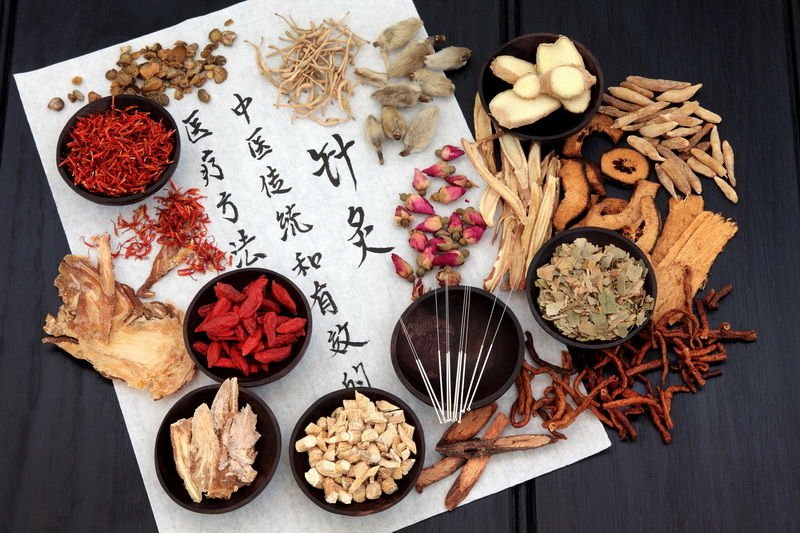History and Origins of Botanical Medicine
- By -Maria Joseph
- Posted on
- Posted in Botanical Medicine
Botanical medicine, also known as herbal medicine, has been an integral part of human health practices for thousands of years. The use of plants for healing can be traced back to ancient civilizations, and many modern pharmaceutical drugs are derived from these age-old remedies. This post explores the history and origins of botanical medicine, examining its roots in various cultures, how it evolved over time, and its relevance in today’s healthcare landscape.

1. Ancient Civilizations and the Birth of Herbal Medicine
The practice of using plants for medicinal purposes dates back to ancient times. In Egypt, the Ebers Papyrus, a medical text from around 1500 BCE, contains more than 700 plant-based remedies. These early texts highlight the significant role plants played in treating a wide range of conditions, from digestive issues to infections. Ancient cultures, including those in India and China, also recognized the healing potential of plants. In India, the foundational text of Ayurvedic medicine, the “Charaka Samhita,” lists hundreds of plant remedies used to balance the body’s energies and promote wellness. Similarly, Chinese medicine has relied on herbs for thousands of years, with texts like the “Shennong Bencao Jing” providing extensive documentation on the medicinal properties of plants.
2. The Role of Botanical Medicine in Classical Greece and Rome
The Greeks and Romans further developed the practice of botanical medicine. The Greek physician Hippocrates, often referred to as the “Father of Medicine,” believed that natural substances, including plants, played a critical role in healing. He advocated for the use of herbs to treat various ailments and maintain overall health. Similarly, the Roman scholar Pliny the Elder wrote extensively about medicinal plants in his work “Natural History,” which became a key resource in Western herbal medicine. During this time, the knowledge of medicinal plants began to spread across Europe and other parts of the world through trade, conquest, and exploration.
3. The Middle Ages and the Influence of Monasteries
During the Middle Ages, the practice of herbal medicine was largely preserved by monks in monasteries. These religious institutions not only served as places of worship but also became centers for learning and healing. Monks cultivated medicinal plants in their gardens and shared their knowledge with the community. The “Herbals,” a genre of books dedicated to the medicinal properties of plants, emerged during this period. One of the most notable works was “De Materia Medica” by Dioscorides, a Greek physician whose writings became a standard reference for herbalists in Europe for centuries.
4. The Renaissance and the Rise of Botanical Research
The Renaissance marked a period of scientific discovery and renewed interest in botanical medicine. As exploration and trade flourished, European botanists began cataloging new plants from the Americas, Asia, and Africa. The study of plant-based medicine expanded as herbalists and physicians began to document the active compounds in plants. This led to the development of more precise methods of using herbs for medicinal purposes. The publication of botanical texts, such as “The Herbal” by John Gerard in 1597, helped spread knowledge of plant medicine throughout Europe.
5. The Modern Era and the Integration of Botanical Medicine
In the 19th and 20th centuries, botanical medicine faced competition from synthetic drugs and pharmaceutical advancements. However, the rise of natural health movements in the 20th century brought herbal medicine back into the spotlight. Today, many plants used in traditional medicine are the subjects of modern scientific research. For example, the compound in the willow tree that was used to relieve pain in ancient times was eventually isolated and became the basis for aspirin. Many other plant-based drugs, such as morphine from the opium poppy and quinine from the cinchona tree, are still widely used in medicine. Modern herbalism often combines traditional knowledge with contemporary scientific understanding, creating a more holistic approach to healthcare.
Conclusion
The history of botanical medicine is rich and diverse, rooted in the knowledge passed down through generations and across cultures. From ancient Egypt to the Renaissance and into modern times, plants have played a pivotal role in healing. Today, as interest in natural remedies grows, the practice of herbal medicine continues to thrive. By understanding its origins, we can better appreciate the wisdom of past cultures and the ongoing relevance of plant-based healing in contemporary health practices



